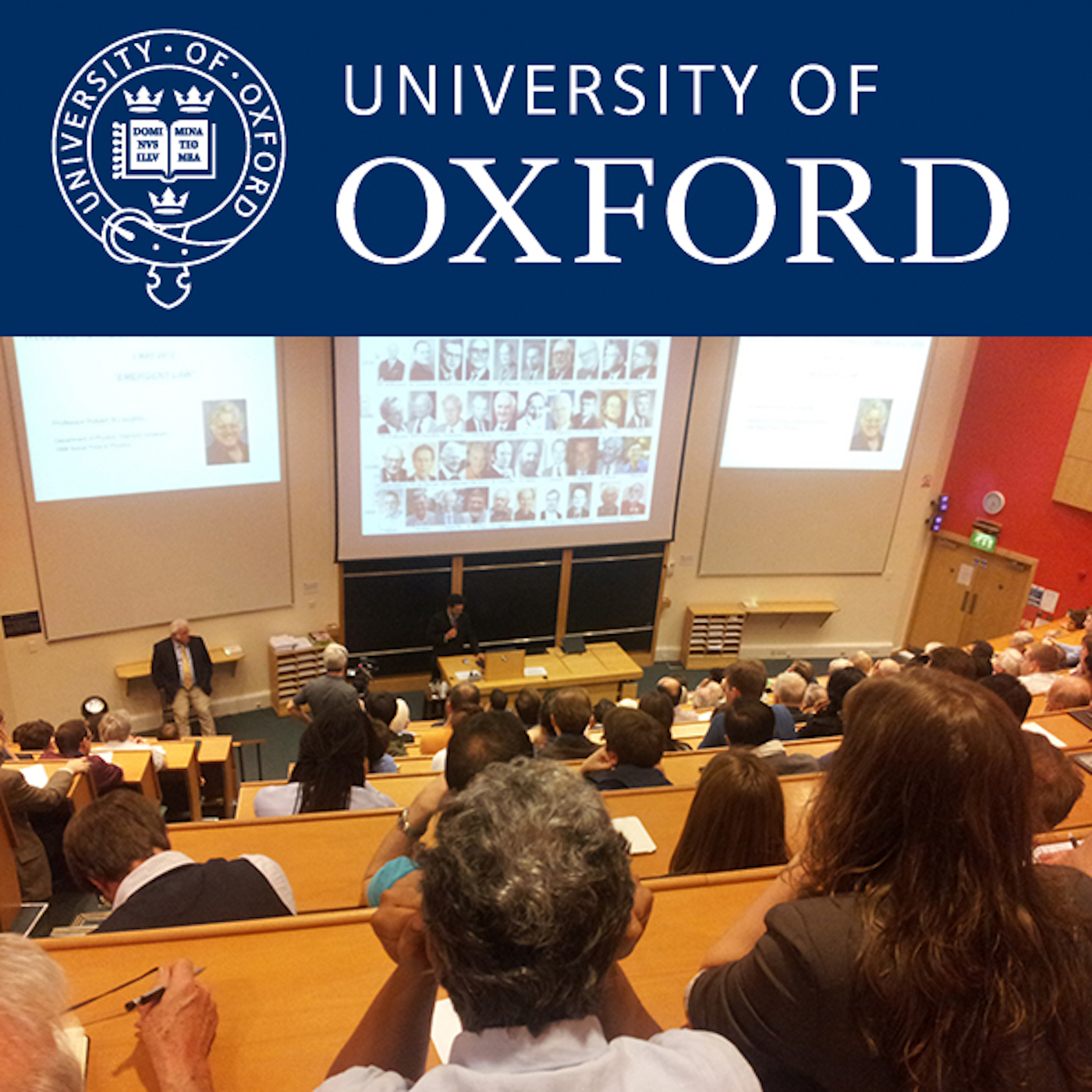How the Universe Evolved From Smooth to Lumpy -- the Physics of Galaxy Formation

The 2014 Halley Lecture delivered by Professor Eliot Quataert The infant Universe was remarkably smooth compared to what we see around us today, with only tiny differences in its properties from one part to another. By contrast, there are enormous differences in the properties of the present-day Universe from one place to another: some regions host stars, galaxies, and even black holes while others do not. At the most basic level, we understand how gravity has built up this diversity of structures starting from the small differences present in the early Universe. However, developing a predictive model of how galaxies form requires understanding a broad range of phenomena: How does star formation and stellar death impact galaxies as a whole? How do black holes at the centre’s of galaxies grow and impact their surroundings? How does the hot plasma that pervades galaxies cool to fuel galaxy growth? In this talk, I will provide an overview of how the ,Universe evolved from its smooth beginnings to its present state and will highlight some of the key processes that influence how galaxies form.